Nemesia Troubleshooting: What’s Wrong With My Nemesia Plant
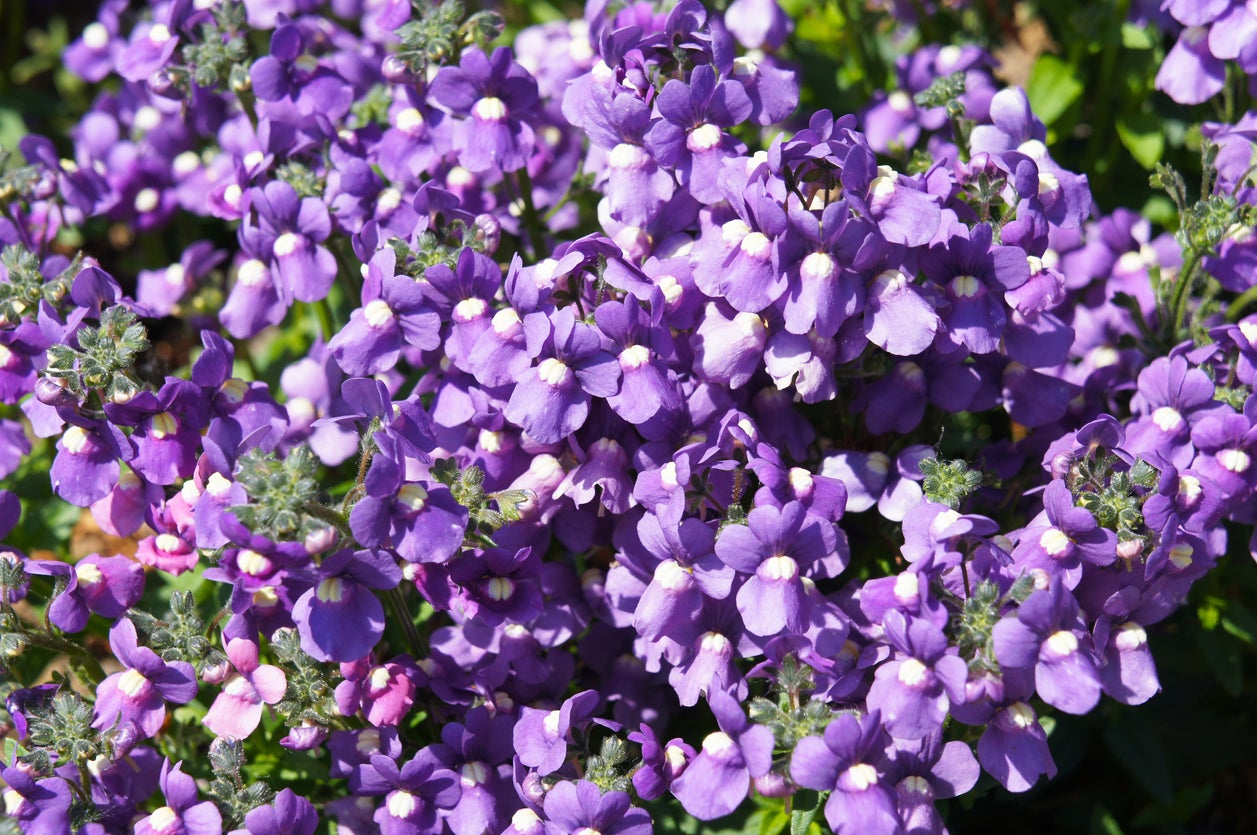

Nemesia is a great small, showy flower for early color in beds and borders in your garden. The plants are perfect for growing in containers too. If summers in your area are typically comprised of hot days, Nemesia may take a break from blooming and flower again in autumn. An overall trim at this time encourages rebloom. In areas where nights remain cool and daytime temps are moderate, these plants may blossom from spring to fall.
While nemesia plant problems aren’t usually serious, this long period of growth provides more opportunity for disease to develop and pests to attack. These are common nemesia issues for which to keep an eye out. Learn how to spot them in early development so they don’t mar your beautiful flowering plants.
What’s Wrong with My Nemesia?
Problems with nemesia may include the following:
Powdery Mildew: A white powdery substance on leaves and stems is often fungal mold, also called powdery mildew. This starts in spring when conditions are still damp and humid, but temps have warmed. It will spread among the nemesias, but likely won’t affect other nearby plants. Avoid this fungus by watering plants at the roots, as overhead watering encourages spread and development.
Aphids: If you see a swarm of tiny black bugs around new growth when you’re nemesia troubleshooting, it is likely aphids. Blast them off with the water hose, trying to avoid wetting foliage unnecessarily. If they return, spray with an insecticidal soap or neem oil when the sun is not shining on the plants.
Western Flower Thrips: Tan scars on foliage and white scars on flowers are an indication of this pest. Look for a light brown pest with clear wings. Treat thrips with insecticidal soap before moving on to insecticide if soap spray is unsuccessful.
Insufficient Fertilization: Yellowing of lower leaves are sometimes the result of nitrogen deficiency. Use a balanced fertilizer to provide nitrogen when signs appear. Phosphorous is needed for a healthy root system and longer lasting blooms. A lack of this nutrient may appear as purple coloring in the leaves and non-flowering. Remove damaged leaves in both cases.
Gardening tips, videos, info and more delivered right to your inbox!
Sign up for the Gardening Know How newsletter today and receive a free copy of our e-book "How to Grow Delicious Tomatoes".
Bacterial Leaf Spot: Another problem caused by using overhead irrigation, greasy black spots start on lower leaves and move up the plant. Water at the roots to avoid this issue.
In most cases, nemesia plants are problem free and need only watering, afternoon shade in hot areas, and an overall pruning when blossoms fail.

Becca Badgett was a regular contributor to Gardening Know How for ten years. Co-author of the book How to Grow an EMERGENCY Garden, Becca specializes in succulent and cactus gardening.
-
 Types Of Tomatoes Explained: Explore The Many Wonderful Shapes, Colors, Flavors, & Best Uses
Types Of Tomatoes Explained: Explore The Many Wonderful Shapes, Colors, Flavors, & Best UsesThe world of tomato varieties is vast and fascinating. Learn about the key types to grow in your garden, tailored to your preferences and space.
By Amy Grant
-
 Try The Trend – Turn Any Bed Into A Keyhole Garden With This Clever In-Ground Composter
Try The Trend – Turn Any Bed Into A Keyhole Garden With This Clever In-Ground ComposterKeyhole gardening is an efficient and sustainable practice that saves space. Get started on this DIY project quickly and easily with an in-ground composter.
By Bonnie L. Grant
-
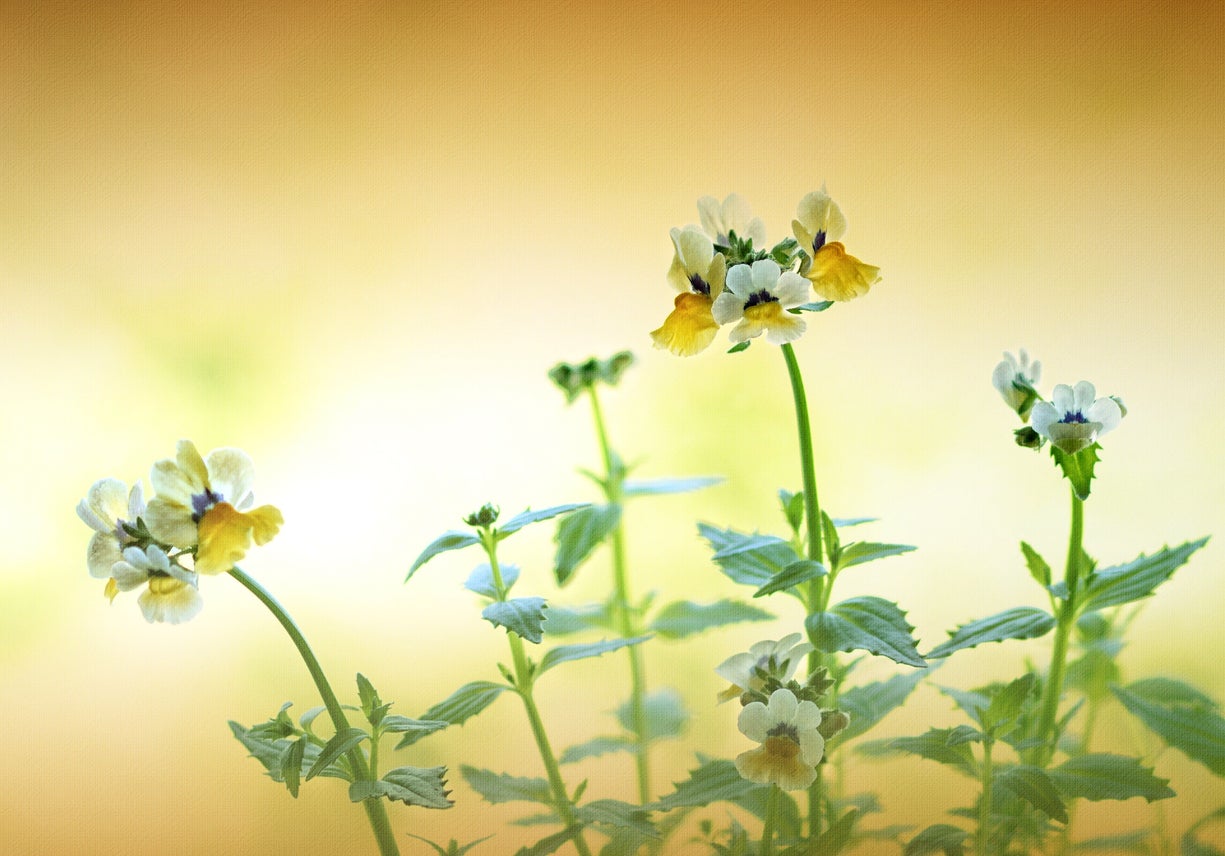 Growing Nemesia From Cuttings: Tips For Rooting Nemesia Cuttings
Growing Nemesia From Cuttings: Tips For Rooting Nemesia CuttingsIf you have some nemesia in your garden and want more, you can try rooting nemesia cuttings. Nemesia cutting propagation isn’t difficult if you know how to proceed. Click on the following article for information about growing nemesia from cuttings.
By Teo Spengler
-
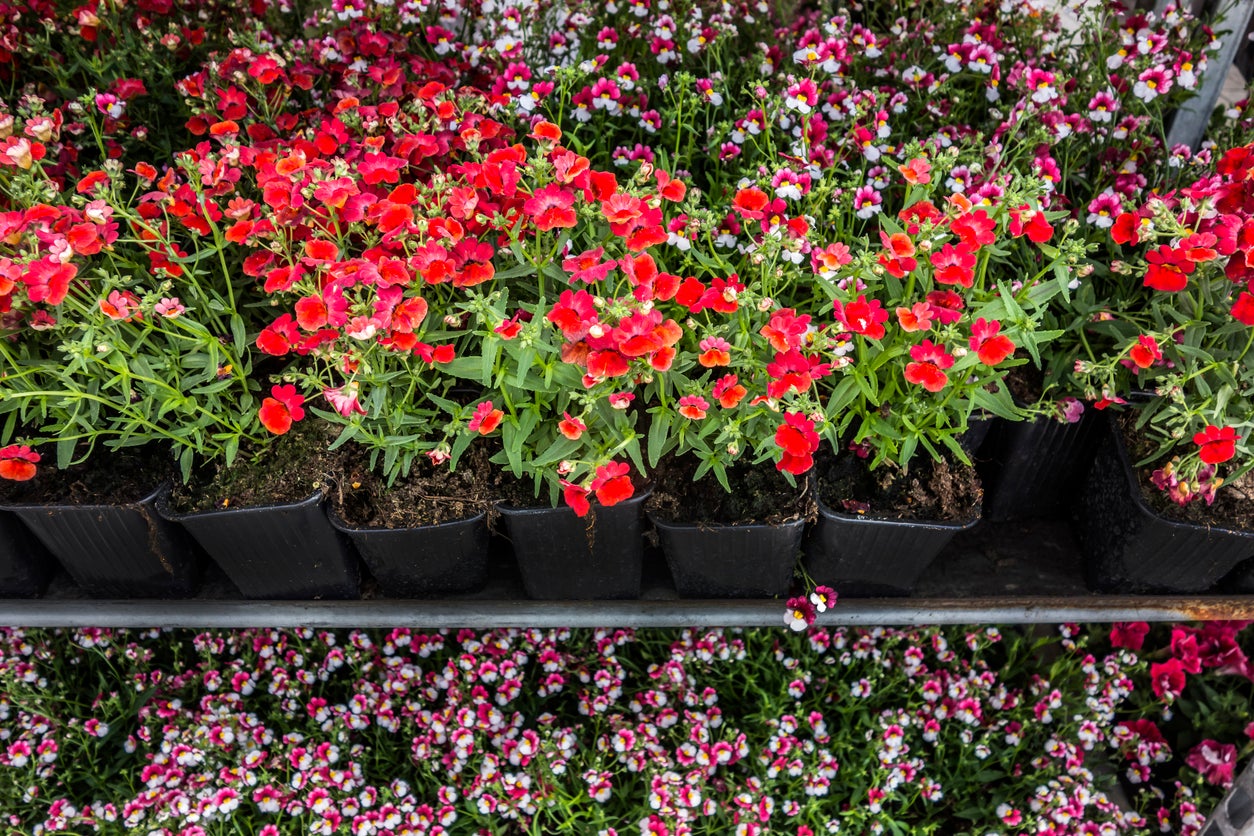 Nemesia Plant Propagation – Tips For Propagating Nemesia Flowers
Nemesia Plant Propagation – Tips For Propagating Nemesia FlowersNemesia is a pretty flowering plant that is most often used in gardens as an annual. Propagating nemesia flowers is an economical and easy way to keep this plant going year after year. Learn more about nemesia reproduction in this article.
By Mary Ellen Ellis
-
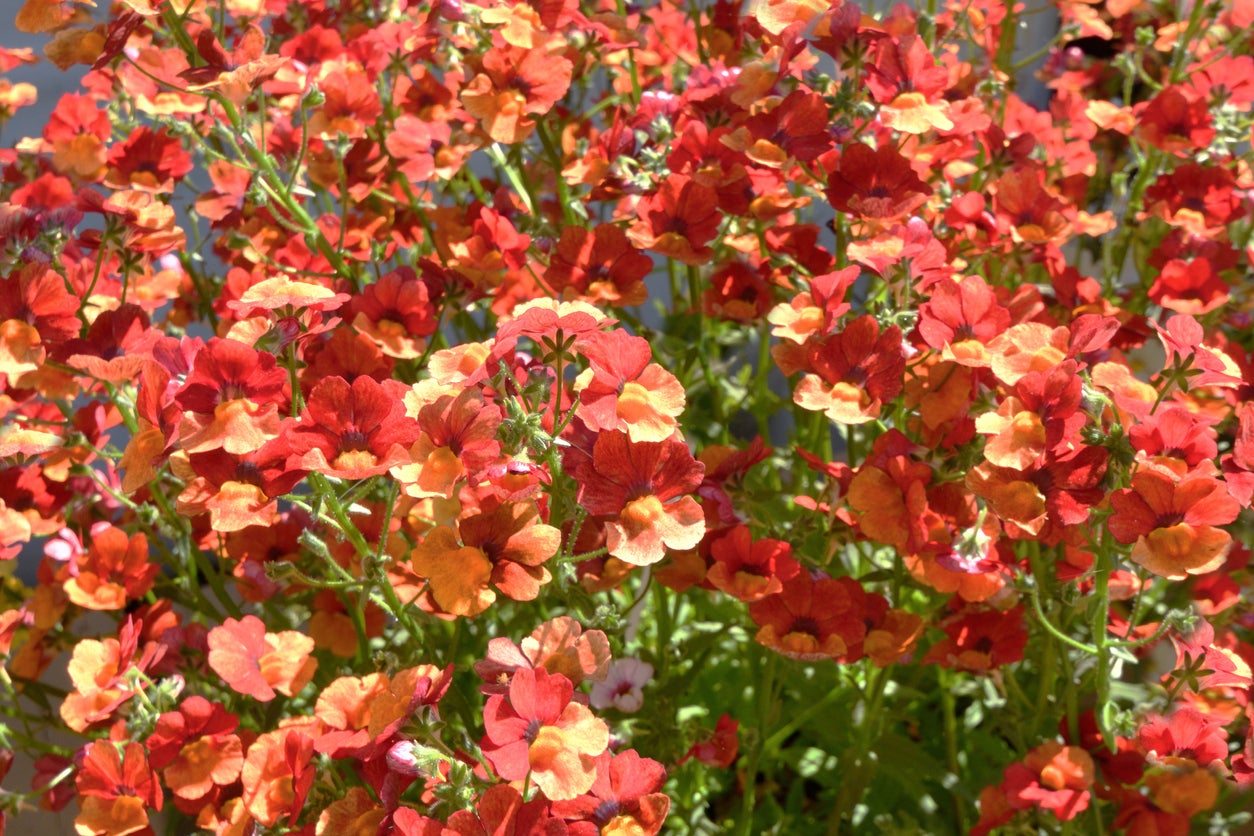 Nemesia Winter Care – Will Nemesia Grow In Winter
Nemesia Winter Care – Will Nemesia Grow In WinterIs nemesia cold hardy? Sadly, for northern gardeners, the answer is no, as this native of South Africa, which grows in USDA plant hardiness zones 9 and 10, definitely isn’t cold-tolerant. But this doesn’t mean you cannot enjoy the plant. Click here to learn more.
By Mary H. Dyer
-
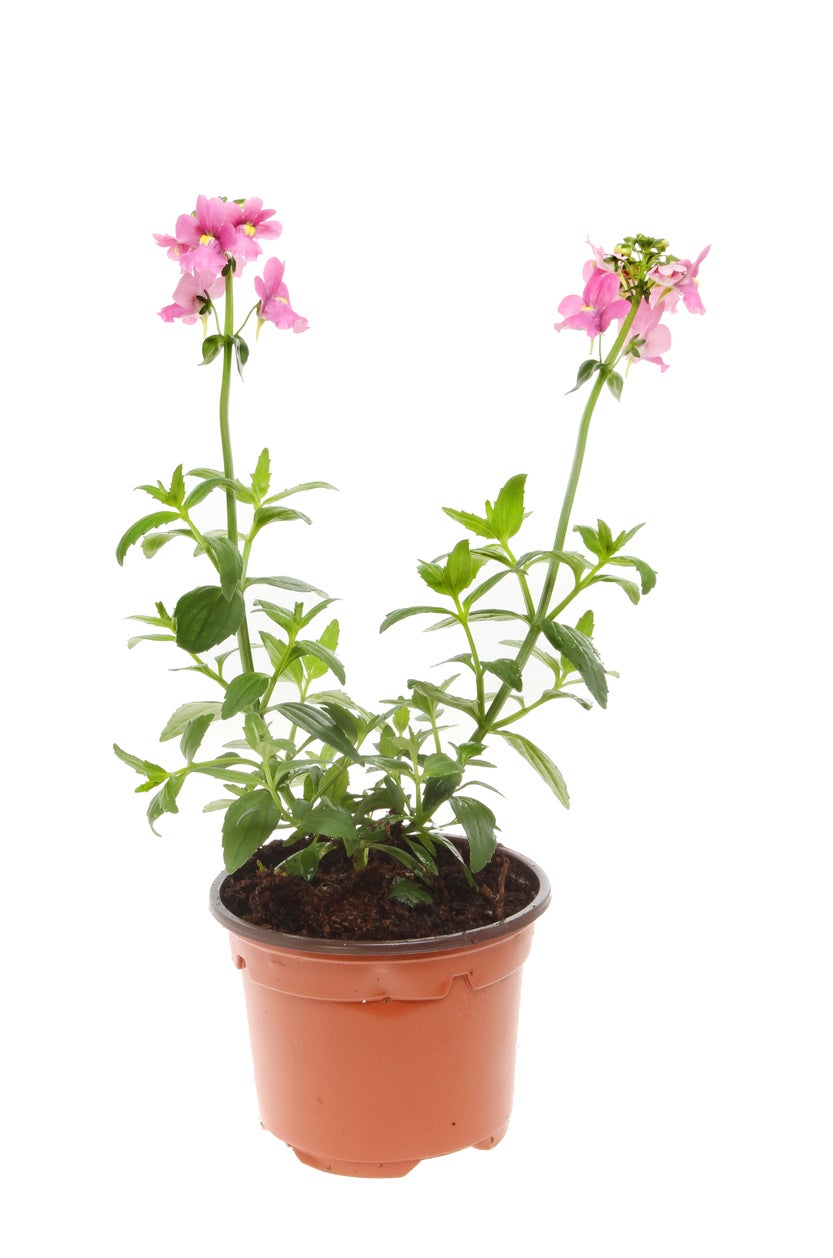 Keeping Nemesia In A Pot: Can You Grow Nemesia In Planters
Keeping Nemesia In A Pot: Can You Grow Nemesia In PlantersCharming little nemesia in planters bring ease of care along with their whimsical blooms. Add container grown nemesia plants to your patio garden repertoire and enjoy their sunny character. You can learn more about the care of potted nemesia plants here.
By Bonnie L. Grant
-
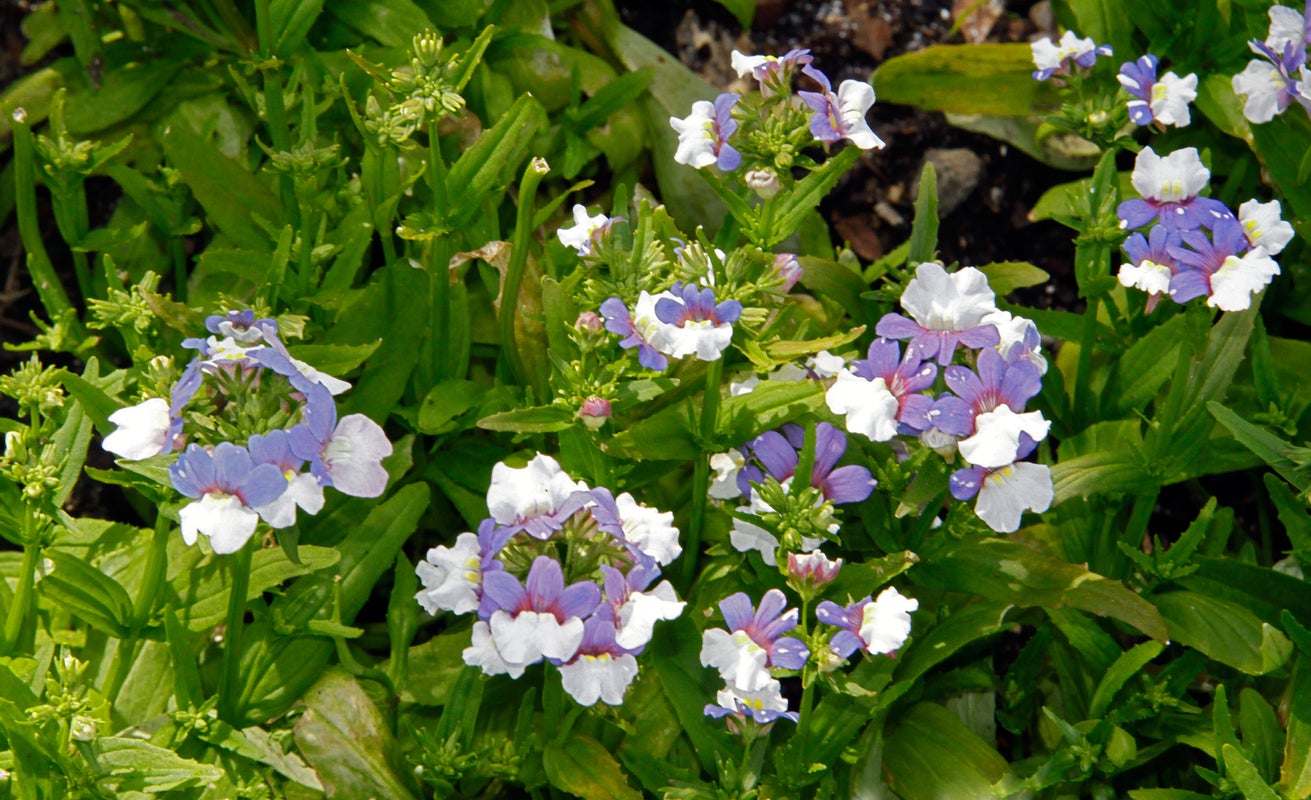 Cutting Back Nemesia: Does Nemesia Need To Be Pruned
Cutting Back Nemesia: Does Nemesia Need To Be PrunedNemesia is a small blooming plant popular for the lovely spring blooms. What about when they are done blooming: does Nemesia need to be pruned? Turns out, cutting back Nemesia post-bloom may just give you another round of blossoms. Learn more on pruning them here.
By Amy Grant
-
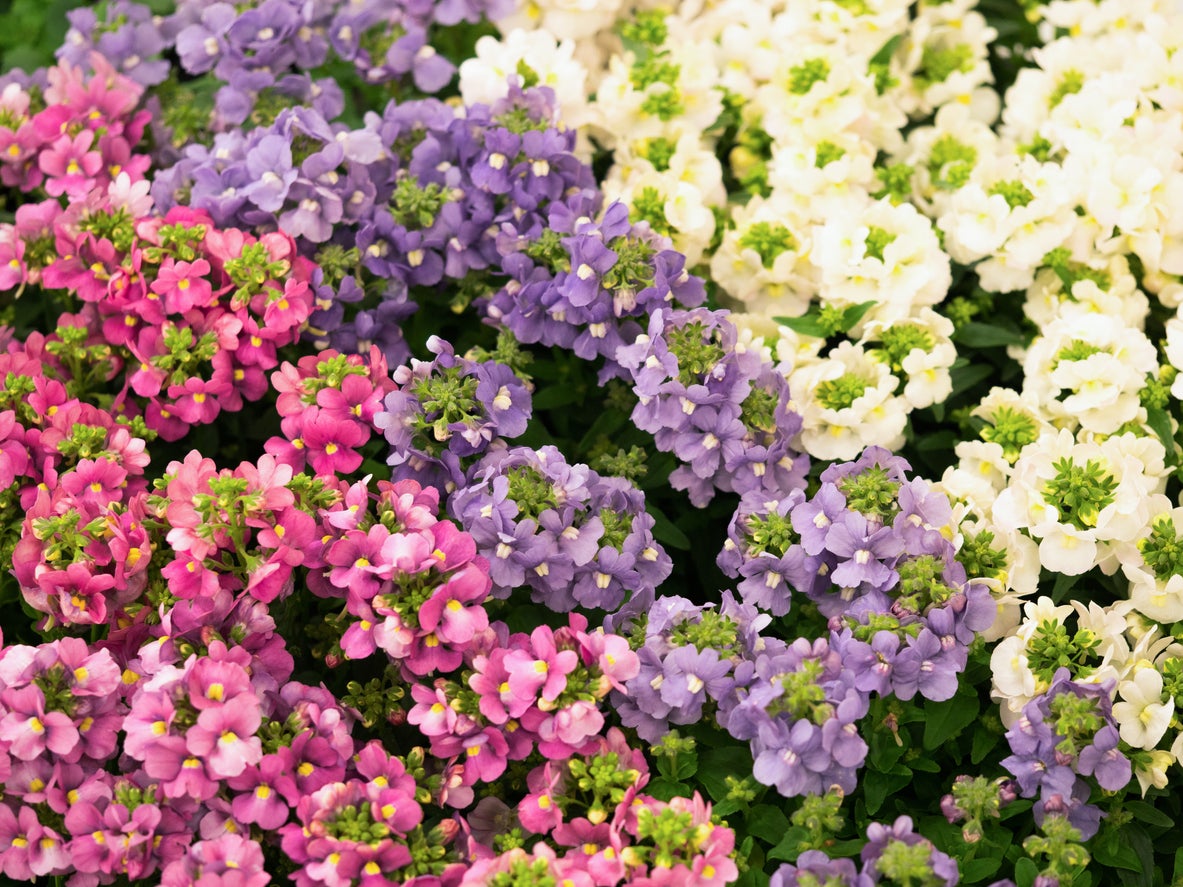 Nemesia Plant Types – Growing Different Varieties Of Nemesia Flowers
Nemesia Plant Types – Growing Different Varieties Of Nemesia FlowersNemesia flowers grow as small, showy bedding plants. that add colorful swaths of breathtaking, low growing flowers in late spring. New and different kinds of nemesia are more heat tolerant and have a pleasant fragrance. Click here for info on nemesia varieties.
By Becca Badgett
-
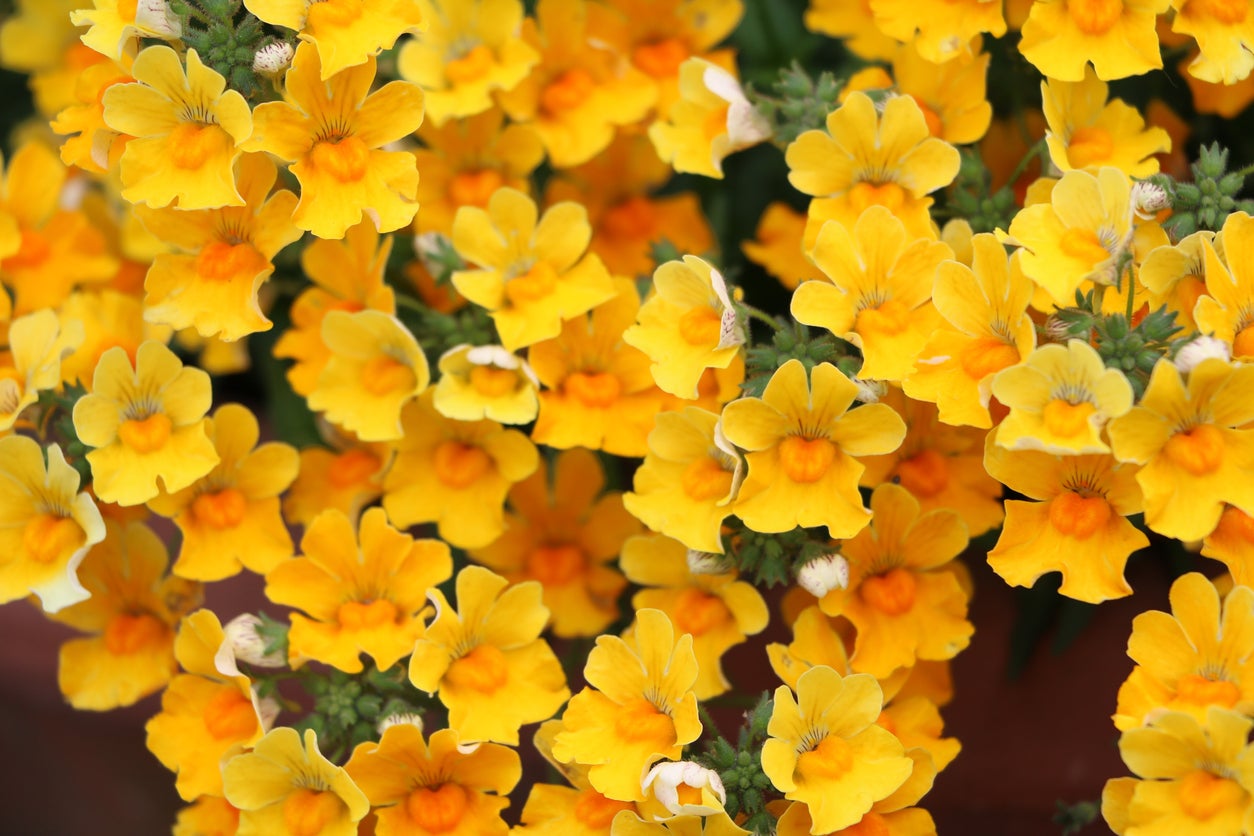 Growing Nemesia From Seed – How And When To Sow Nemesia Seeds
Growing Nemesia From Seed – How And When To Sow Nemesia SeedsThe cost of creating a beautiful landscape can add up quickly. Thankfully, many flowers can easily and quickly be grown from seed at only a fraction of the cost. Nemesia flowers are a great option for gardeners. Click this article to learn more about planting Nemesia seeds.
By Tonya Barnett
-
 Nemesia Plant Care - How To Grow Nemesia Flowers
Nemesia Plant Care - How To Grow Nemesia FlowersAt a distance, Nemisia looks a lot like edging lobelia, with flowers that cover low-growing mounds of foliage. Up close, Nemesia flowers might also remind you of orchids. Click here to learn where they grow.
By Jackie Carroll